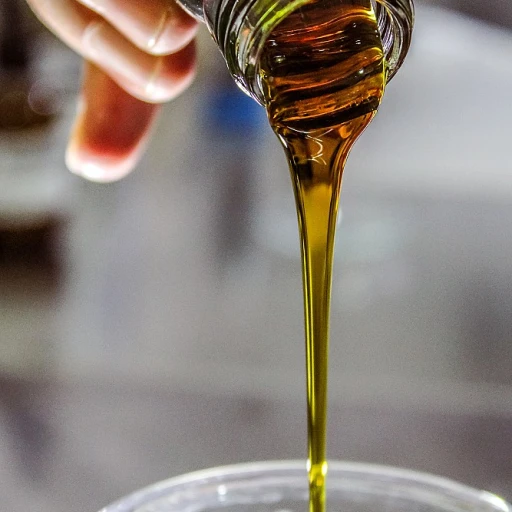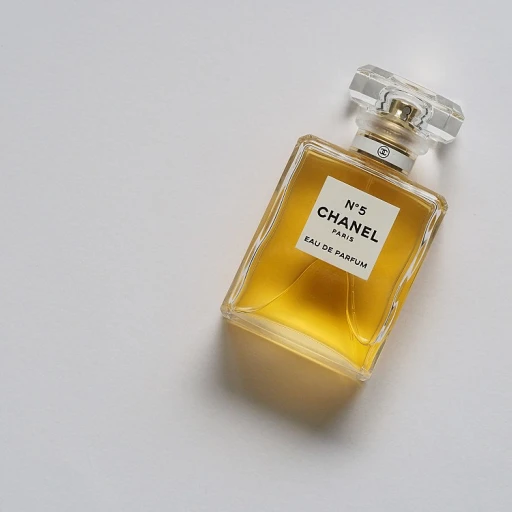
The allure of aldehyde perfumes
The magic behind aldehyde perfumes
The moment you encounter an aldehyde perfume, you're greeted by a burst of freshness that's both crisp and clean. This unique experience is what sets aldehyde perfumes apart. Aldehydes, organic compounds containing a carbon-oxygen double bond, have a distinct ability to enhance the scent of a perfume, adding a touch of sophistication that's hard to replicate. It's an aromatic journey that feels both nostalgic and new, offering depth and character that can turn heads.
A brief history
While aldehyde perfumes might seem like a contemporary innovation, their history dates back to the early 20th century. The legendary Coco Chanel revolutionized the perfume industry in 1921 with the release of Chanel No. 5, crafted by perfumer Ernest Beaux. The use of synthetic aldehydes in this fragrance broke the boundaries of traditional perfumery, introducing a new level of creativity and complexity. Jeanne Lanvin's Arpege followed suit in 1927, further cementing aldehydes as game-changers in the industry.
Setting the scene with aldehydes
Aldehydes are lauded for their ability to elevate other scent components, like florals and spices. Think of how Estee Lauder's White Linen captures the essence of a crisp, freshly washed white linen sheet fluttering in the breeze. The top notes burst with a soapy freshness that sets the stage for middle notes of rose, jasmine, and lily of the valley, all made possible by the incorporation of aldehydes. This creates a sense of cleanliness and sophistication that's incredibly appealing.
For those new to aldehyde perfumes or looking to delve deeper into their intrigue, understanding their role and how they blend with other notes can be the key to finding your signature scent. Aldehydes can bring floral notes like jasmine and orange blossom to life, giving them an ethereal, radiant quality that feels almost effervescent. They also work wonderfully with more traditional scents, enhancing and transforming them into something unique and memorable.
To better appreciate the allure of these fragrances, you might consider exploring some of the industry’s most iconic creations or even trying out some modern interpretations. Curious about how aldehydes interact with other perfume ingredients? Discover more in our blog post on agarwood, an unearthed treasure.
Historical significance of aldehydes in perfumery
Aldehydes: the golden era of perfumery
Back in the day, when perfumery started to flourish, the role of aldehydes was pivotal. Among the most influential moments in fragrance history was the introduction of aldehydes by the renowned perfumer Ernest Beaux. His work with Chanel No. 5 in 1921, incorporating synthetic aldehyde compounds, changed the perfume game forever.
The magic of aldehydes in perfumes lies in their ability to amplify other notes and create a sense of cleanliness and sophistication. Take a whiff of Estee Lauder's White Linen and you'll know what I mean. In fact, White Linen is celebrated for its sharp, fresh, and airy qualities, directly attributed to its aldehyde content. Estee Lauder’s Aldehyde 44 is another testament to the mesmerizing impact of these organic compounds.
Aldehydes carved their own niche in perfumery because they offered something synthetic that couldn’t be easily replicated with natural essences. Marilyn Monroe herself famously said she wore “nothing but a few drops of Chanel No. 5” to bed, a testament to the lasting legacy of perfumes enriched with aldehydes.
From Jeanne Lanvin’s Arpège to Tom Ford’s White Patchouli, aldehydes have graced numerous iconic fragrances, enhancing their compositions and making them timeless. Today, aldehydes remain crucial in modern perfumery, appreciated for their ability to blend seamlessly with floral notes like jasmine and rose.
These organic compounds have not only stood the test of time but have also seen a resurgence as niche brands and contemporary perfumers continue to explore and reinvent aldehyde-based scents. The sense of sophistication and elegance these notes imbue continues to captivate fragrance enthusiasts worldwide.
Discover more about another pivotal perfume ingredient by exploring our detailed article on Agarwood, unraveling its rarity and worth in the scent industry.
Understanding the chemistry of aldehydes
Breaking down the molecular structure of aldehydes
Aldehydes stand out in the fragrance world largely due to their distinct chemical composition. These organic compounds are characterized by a carbon atom double bonded to an oxygen atom with a single hydrogen atom attached, forming what is known as the aldehyde group. This unique structure is what gives aldehydes their unmistakable scent and versatility in perfumery.
One of the key features that makes aldehydes so intriguing is their ability to create a 'sparkling' or 'fizzy' effect in fragrances. This is due to their low molecular weight and high volatility, which allows them to diffuse quickly, adding brightness and freshness to perfumes.
Not all aldehydes are created equal. Synthetic aldehydes, such as those created by famed perfumer Ernest Beaux for the iconic Chanel No. 5, were pivotal in pushing the boundaries of traditional perfumery. These synthetic variants differ slightly from their natural counterparts but were designed to enhance the complexity and longevity of scents. Beaux's innovative use of aldehydes provided a sense of cleanliness and sophistication, which became a hallmark of modern perfumery.
Natural aldehydes are derived from sources such as citrus oils, with bergamot being a prime example. These naturally occurring aldehydes often carry a more subtle aroma compared to their synthetic versions but are equally valued for their fresh and crisp characteristics. Whether natural or synthetic, aldehydes play a crucial role in the development of floral notes, enhancing the layers of scents like jasmine, rose, and lily of the valley.
By understanding the chemical foundation and versatility of aldehydes, one can truly appreciate the artistry that goes into crafting an aldehyde perfume. Their ability to provide unique olfactory experiences—from the familiar scent of fresh linen in Estee Lauder's White Linen to the powdery elegance of Frederic Malle's Iris Poudre—cements aldehydes as indispensable components in the world of perfumery.
Famous perfumers and their aldehyde creations
Meet the maestros: perfumers behind iconic aldehyde scents
Ernest Beaux, a perfumer whose name is almost synonymous with aldehyde fragrances, created some of the most renowned perfumes in history. The mastermind behind the legendary Chanel No. 5, Beaux's use of synthetic aldehydes in perfumery was revolutionary. Legend has it, Chanel No. 5 owes its timeless appeal to a hefty dose of aldehydes, particularly the C-10 (decanal) and C-11 (undecanal) variants. Marilyn Monroe famously stated that she slept in nothing but a few drops of Chanel No. 5, catapulting both the scent and its creator into iconic status.
Another trailblazer in the world of aldehydes is Jeanne Lanvin, who collaborated with perfumer André Fraysse to craft Arpège in 1927. This fragrance, named after her daughter Marguerite's arpeggio practice, features a sophisticated blend of aldehydic notes with floral accords of jasmine, rose, and lily of the valley. Its elegance and complexity ensure that Arpège remains a classic in the perfume world. Source: Perfume.com
Estee Lauder also played a pivotal role in popularizing aldehydes with the creation of White Linen. Estee Lauder White Linen is a hallmark of clean, fresh aldehydic scents, evoking the sense of freshly washed linen on a crisp day. The blend of aldehydic top notes with orange blossom and jasmine rose forms a beautiful interplay of freshness and sophistication, appealing to those who appreciate a sense of cleanliness and grace. Source: Fragrantica
Perfumer Frédéric Malle contributed to the aldehyde narrative with his creation Iris Poudré. Working with the talented Pierre Bourdon, Malle crafted a beautiful aldehyde-centric fragrance that balances powdery floral notes with an undercurrent of woody and musky base notes. This delicate composition highlights the versatility and elegance of aldehydes in modern perfumery. Source: Frédéric Malle Official
Lastly, let's not forget the contributions of Tom Ford, who introduced a contemporary twist to aldehydes with White Patchouli. The perfume juxtaposes the clean, fresh quality of aldehydes against the earthy complexity of patchouli, demonstrating the versatility and timelessness of aldehydes in perfumery. Source: The New York Times
Popular aldehyde perfumes and their scent profiles
Captivating aldehyde perfumes that stand out
Aldehyde perfumes have etched their presence deeply into the fragrance industry, offering distinctive, memorable, and often iconic scents. These perfumes, known for their ability to enhance floral and fresh notes, have found their way into many premium collections. Here are some popular aldehyde perfumes and what makes them special.
Chanel No. 5: Iconic elegance
Arguably the most famous aldehyde perfume, Chanel No. 5, created by perfumer Ernest Beaux, incorporates a significant dose of synthetic aldehydes, specifically methanal. This gives it an unforgettable, effervescent top note that has captivated many since its launch in 1921. Its combination of rose, jasmine, and ylang-ylang with aldehydes gives it a sparkling, luxurious aroma, cementing its status as a timeless classic.
Estee Lauder White Linen: A breath of fresh air
Another standout is Estee Lauder White Linen. With a blend of aldehyde compounds, White Linen brings a fresh and clean scent, evoking the comfort of freshly laundered linens. Its harmonious mix of jasmine, roses, and lily of the valley paired with synthetic aldehydes created a sensation of cleanliness and sophistication.
Frederic Malle Iris Poudré: powdery perfection
Frederic Malle’s Iris Poudré combines aldehydes with the soft, powdery elements of iris, musk, and vetiver. Created by perfumer Pierre Bourdon, this fragrance is known for its smooth, elegant profile that exudes warmth and depth, making it a beloved choice for perfume aficionados.
Lanvin Arpege: A floral symphony
Launched in 1927 by Jeanne Lanvin, Arpege is another aldehyde-rich perfume that combines floral and aldehyde notes to create a stunning blend. Its top notes include aldehydes, bergamot, and peach, balanced by a heart of rose, jasmine, and ylang-ylang. Its base of vanilla and sandalwood gives it a rich and enduring quality.
Guerlain Liu: Understated luxury
Guerlain's Liu is another masterpiece that utilizes aldehydes to enhance its floral notes. Liu mixes aldehydes with a bouquet of rose, jasmine, and iris, supported by a base of vetiver and vanilla. The result is a luxurious and sophisticated fragrance that has stood the test of time.
The role of aldehydes in modern perfumery
Niche and mainstream convergence
Aldehydes have carved out a significant niche in the world of perfumery. While once the domain of high-end, exclusive brands, these organic compounds are now embraced by both niche and mainstream perfume houses. Their ability to enhance and uplift floral, citrus, and even woody notes has led to a resurgence in popularity.
Historically, classic scents such as Chanel No. 5, crafted by the legendary perfumer Ernest Beaux, set the gold standard for aldehyde perfumes. This iconic fragrance utilized aldehydes to produce a unique, fresh, and sparkling scent profile, forever changing the course of perfumery. Today, modern brands like Frederic Malle with Iris Poudre carry forward this legacy, blending synthetic aldehydes with other notes to create complex, multi-layered scents.
Increased consumer awareness
Consumers today are more informed and discerning about fragrance ingredients. With increased access to information and a growing interest in the science of perfumery, many are actively seeking out perfumes with aldehydes for their unique scent profiles. This wave of curiosity is driven by a desire for both quality and uniqueness.
For example, Estee Lauder's White Linen utilizes aldehydes to create a clean, crisp scent that many associate with sophistication and a sense of cleanliness. This interest also extends to understanding the chemistry behind fragrances— how the structure of aldehydes, with their oxygen atom double bond, contributes to their olfactory properties.
Trends and public opinion
The trend for fresh, clean, and unique scents is strongly shaping the role of aldehydes in modern perfumery. Social media and fragrance communities often highlight perfumes using aromatic aldehydes, and positive public opinion encourages more brands to experiment with these compounds. Moreover, the move towards sustainable and cruelty-free ingredients has led some perfumers to look into synthetic aldehydes as eco-friendly options.
On the downside, some controversies exist regarding the potential allergenic effects of aldehydes. However, there is substantial research and regulatory oversight to ensure consumer safety. It's important to note that perfumers like Jeanne Lanvin had already begun to explore these compounds as early as the 1920s with creations like Arpege.
Emerging favorites and classic essentials
In addition to classic favorites, there are emerging aldehyde fragrances capturing attention. Tom Ford's Neroli Portofino and Lanvin's Eclat d'Arpege are modern interpretations, skillfully balancing aldehyde notes with floral and citrus elements to appeal to contemporary tastes.
The prevalence of aldehyde perfumes also reflects in market pricing, with a range catering to different budget levels, from luxury high-end creations to more affordable options. Sales platforms often highlight these perfumes, sometimes offering price reductions or free shipping options.
Whether you're drawn by the legendary Chanel No. 5 or curious about the floral mix in Lanvin's releases, aldehydes continue to hold an enduring appeal, promising fresh, sophisticated scents that transcend trends and eras.
Aldehydes and their influence on floral notes
Floral notes enhanced by aldehydes
Aldehyde perfumes have a unique ability to enhance and elevate floral notes, giving them a certain sparkle that's both fresh and captivating. These synthetic organic compounds, which include an oxygen atom double bonded to a carbon atom, amplify the scents of flowers like rose, jasmine, and lily of the valley.
A bouquet like no other
Imagine the exquisite blending of jasmine rose with the distinct crispness of aldehydes. Perfumers like Ernest Beaux, who created Chanel No. 5, understood this fusion well. This legendary fragrance uses aldehydes to open up a bouquet of floral notes unlike any other.
Championing white floral scents
White florals like orange blossom and jasmine benefit particularly from aldehydes. They impart a sense of cleanliness and sophistication to the scent profile. Estee Lauder’s White Linen is a great example, leveraging aldehydes to bring out the purity and elegance of these flowers.
Aldehydes in modern perfumery
Today's perfumers continue to use aldehydes for their ability to introduce a fresh, bright quality to floral notes. From high-end brands like Tom Ford to niche creations like Frederic Malle’s Iris Poudre, aldehydes remain a cornerstone in modern fragrance creation, enriching their floral harmonies.
A blend of nature and science
The integration of synthetic aldehydes with natural essential oils has opened new avenues in floral fragrance compositions. This approach ensures the consistency and longevity of scents while maintaining the enchanting essence of natural blooms.
Choosing the best aldehyde perfume for you
Matching your fragrance personality
Finding the perfect aldehyde perfume can be such a delightful journey, once you get a handle on what you're after. You're looking for that scent that'll make you feel like you, right? You wanna stick with your vibe but also be a bit adventurous.Start with understanding your own fragrance preferences. Are you into floral notes like jasmine and rose? Or do you lean towards fresh and clean scents, reminiscent of Chanel No. 5 or Estee Lauder White Linen? Knowing what you love can help you narrow down your choices.
Knowledge is power: learn from the masters
Learning a bit about the masterminds behind some of the most iconic aldehyde perfumes could guide you in knowing what to look for. Take Ernest Beaux, the creator of Chanel No. 5. His genius was in blending natural notes like jasmine with synthetic aldehydes to create something entirely new.If you’re considering something newer, check out creations like Frederic Malle’s Iris Poudre. This gem incorporates aldehydes with a powdery twist, giving a sense of freshness that's balanced by underlying floral notes. Both of these perfumers have a knack for making scents that feel both timeless and modern.
Test and trials: the path to your perfect scent
Honestly, nothing beats first-hand experience. Go to a perfume store where you can test out a range of aldehyde perfumes. A little spritz on the wrist and see how it evolves throughout the day. Aldehyde perfumes can change dramatically from their top notes to their base notes.Take note of the top notes initially – they’re usually the first impression but wait for the base notes to develop. Perfumes like Lanvin's Arpege have a beautiful evolution from a bright, almost soapy scent to something deep and resonant with floral undertones. It's the magic of aldehydes doing their thing.
Consider the fragrance profile
Don't forget to consider the fragrance profile and the occasion. If you're looking for something for daily wear, something like Estee Lauder’s White Linen, with its crisp, fresh vibe, might be just the ticket. On the other hand, an evening event might call for something more dramatic, like Tom Ford's creations that play on more exotic notes.Is budget a concern? Look at the unit price and watch for sales where you might find a steal. Many high-end aldehyde perfumes, like those from Chanel or Guerlain, often come with a higher price tag but checking out some online perfume retailers might offer a regular price cut or even free shipping.
The magic of organic and synthetic
Remember, aldehyde perfumes are crafted from both organic compounds and synthetic aldehydes. This mix gives them their unique, almost electrifying scent profile. Synthetic aldehydes, created in labs, often give aldehyde perfumes that unmistakable sparkle and freshness.So whether you're drawn to something as classic as Chanel No. 5 or something modern like Frederic Malle Iris Poudre, there’s an aldehyde perfume out there that’s just right for you. It's all about matching the scent to your personality and the occasion.
Happy hunting!
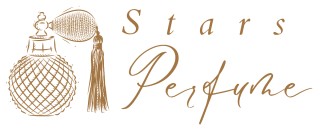
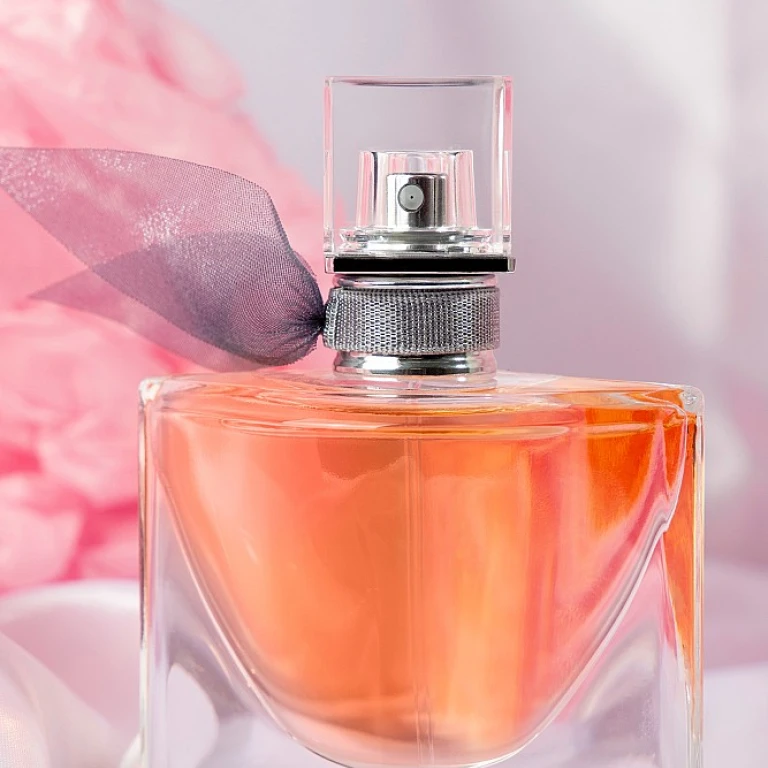
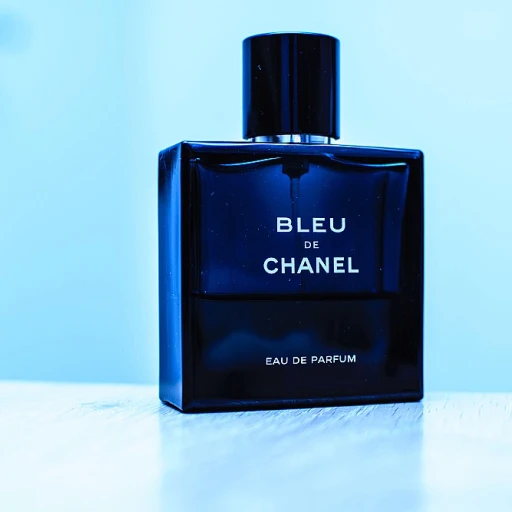
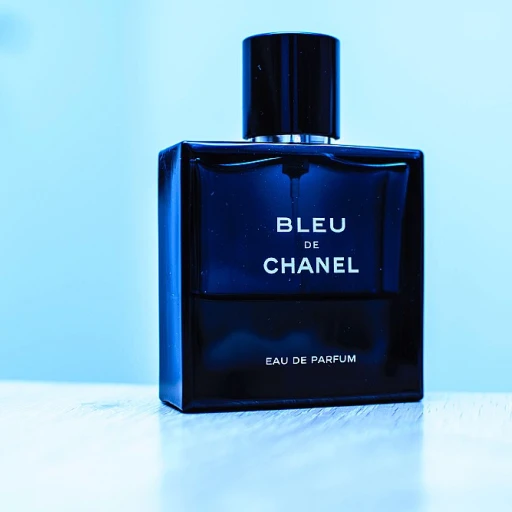
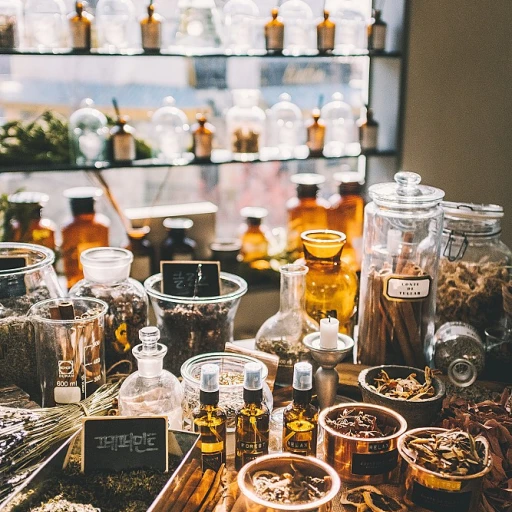
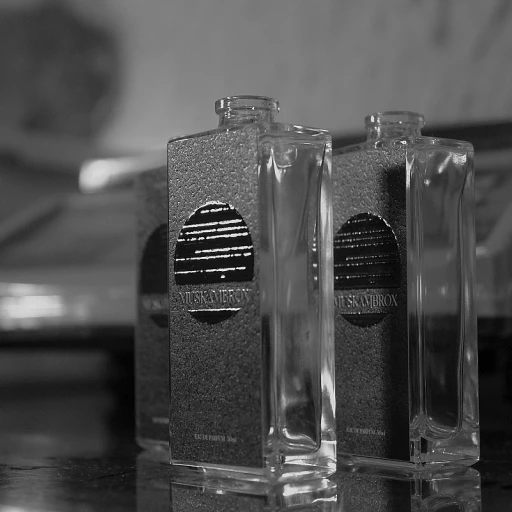
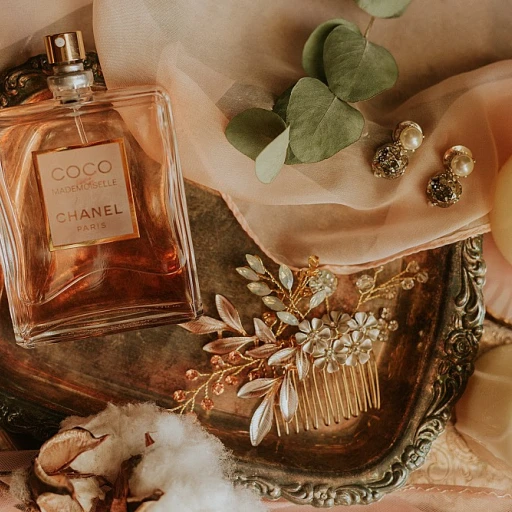
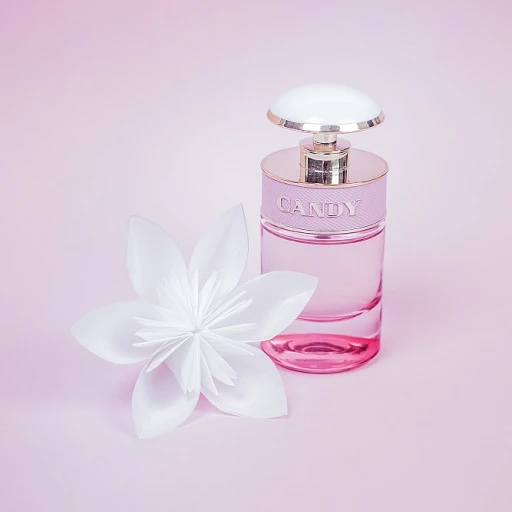
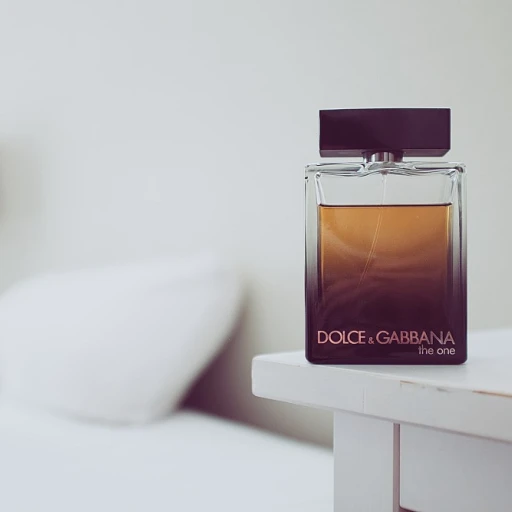
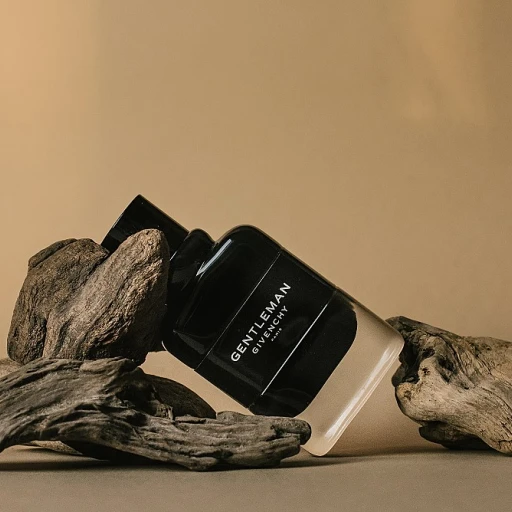
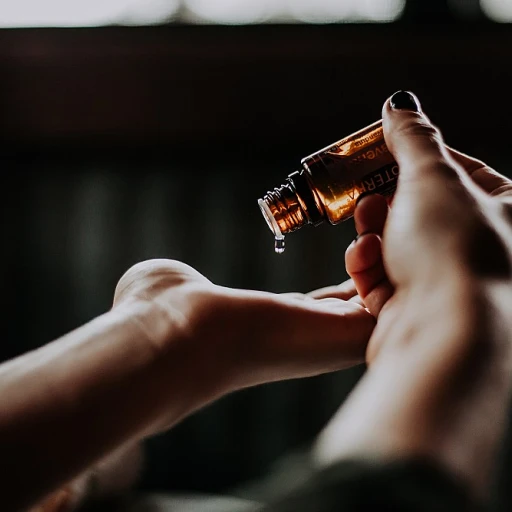
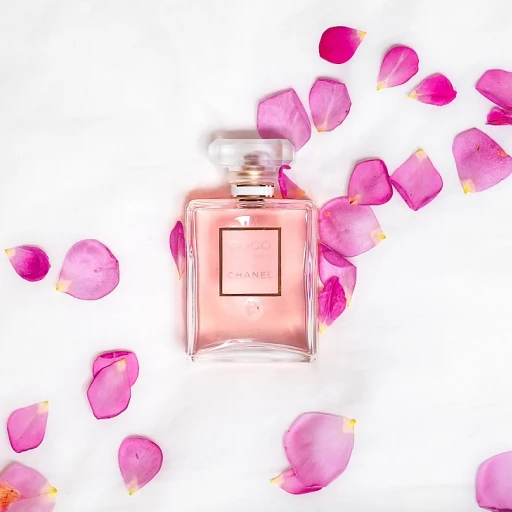
-large-teaser.webp)
